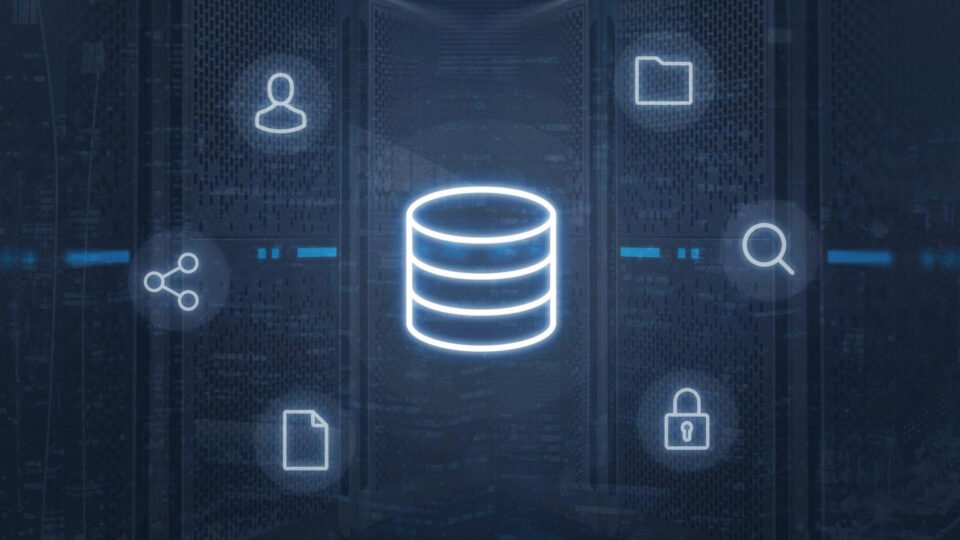Discover the top five open-source database management software options that can boost your data handling efficiency and drive business growth.
Introduction1. SQLite
2. MariaDB
3. Apache CouchDB
4. MySQL
5. PostgreSQL
Conclusion
Introduction
Cloud computing has opened new doors for business applications and programs to utilize databases to store data every day worldwide. These databases are well-known for securing data and making it accessible only to channels where the chief data officer (CDO) permits. Previously, organizations depended on database-paid suites, which were expensive and limited in options; however, now IT organizations have open-source databases for all their data, as these are affordable and flexible. However, it is often difficult to find the right cloud database service provider that will not only store the data of your company but also transfer it to the database, while data professionals can access it anywhere with an internet connection.
In this review article by AITech Park, we will explore the top five open-source cloud databases that can be used by IT professionals to build robust applications.
1. SQLite
SQLite is recognized as one of the most lightweight embedded relational database management systems (RDBMS) that operate inside applications. To power this embedded database, SQLite has a fully functional application that works as a library that supports ACID transactions. The software has an embedded library that has an SQL database engine supporting ACID transactions, which further reads and writes data through tables, indices, triggers, and views that can be contained in a single file. With a recent update on SQLite, data professionals and developers can use this software in the form of mobile applications, web browsers, and IoT devices, allowing smaller digital footprints and less load on the software.
2. MariaDB
MariaDB is considered one of the clones of MySQL as it was built on the same code; however, over the years, it has developed to be user-friendly for executive-level data professionals. With newer updates, MariaDB operates on the Aria storage engine to conduct complex SQL queries, ultimately giving it a speed boost over MySQL. The most unique feature of this open-source database is that it allows pluggable storage engines, allowing data teams to go beyond normal transactional processing. For instance, teams can use ColumStore for high-volume data storage and distribution. The ColumnStore can also be used for columnar analytics and hybrid smart transactions (HTAP), which improve data replication and support many JSON functions.
3. Apache CouchDB
CouchDB by Apache is a database duplication tool that deters data loss in the event of network failure or any other pipeline failure. The software creates a dedicated database system that can operate efficiently on ordinary hardware, not just by deploying on one server node but also as a single analytical system across numerous nodes in a cluster, which can be mounted as needed by adding more servers. For a seamless operation, the database uses JSON documents to store data and JavaScript as its query language. Further, it also supports MVCC and the ACID properties in individual documents.
4. MySQL
MySQL is one of the most popular and oldest open-source databases, and it is known as its best database for web-based apps such as Trello and Gmail. The database software uses the Structured Query Language (SQL), which lets data professionals store data in tables, develop indexes on the data, and query the data. MySQL supports an expansive variety of techniques and has a very low probability of getting the data corrupted as it gears for transactional uses, further supporting analytics and machine learning (ML) applications.
5. PostgreSQL
PostgreSQL became popular among data professionals and developers around 1995 when it started working as a SQL language interpreter, and decades later it became a popular open-source cloud database. This database software offers full RDBMS features, such as ACID compliance, SQL querying, and clearance for procedural language queries to develop stored procedures and stimuli in databases. PostgreSQL also supports enterprise applications that demand complex transactions and high levels of concurrency, and occasionally for data warehousing. It also supports multi-version concurrency control (MVCC), so data can be read and edited by various users at the same time, and it also sustains other varieties of database objects.
Conclusion
To create any kind of app, developers and data professionals need a secured database where they can save files and confidential data required for numerous use cases. While we are well aware that closed databases are expensive and use licensed codes, the above open-source database software provides data engineers with the flexibility to build their own DBMS without breaking the bank.
Explore AITechPark for top AI, IoT, Cybersecurity advancements, And amplify your reach through guest posts and link collaboration.

